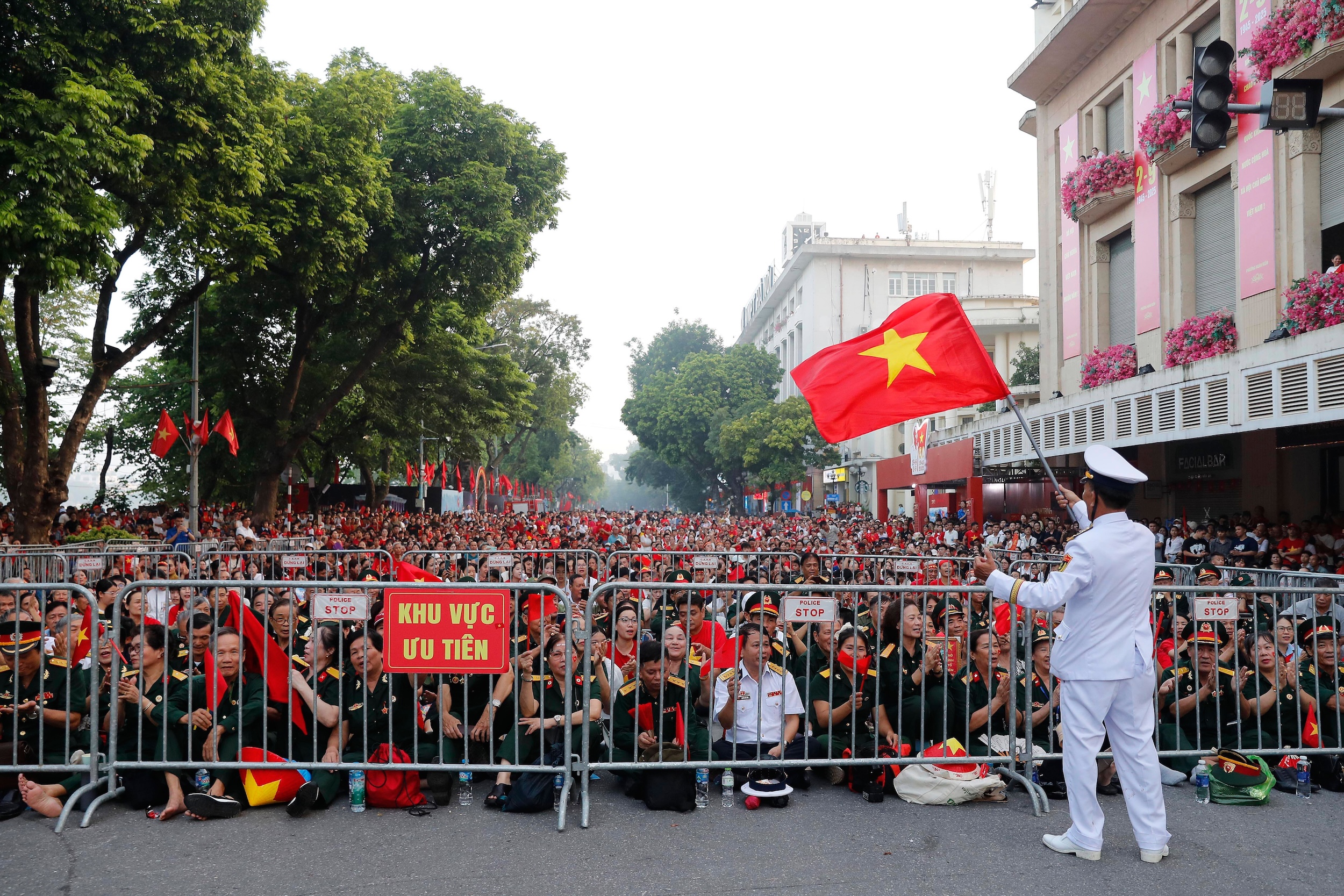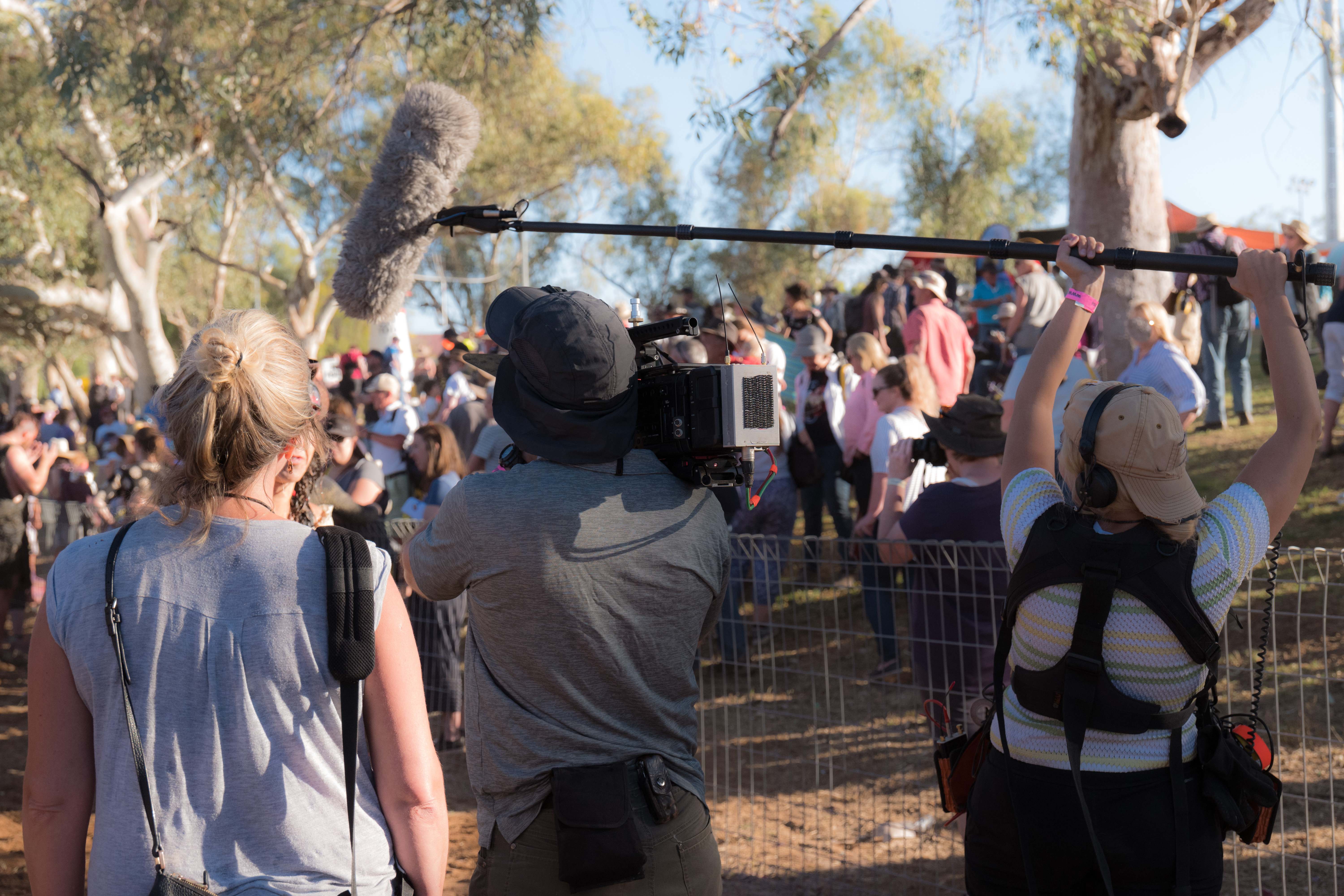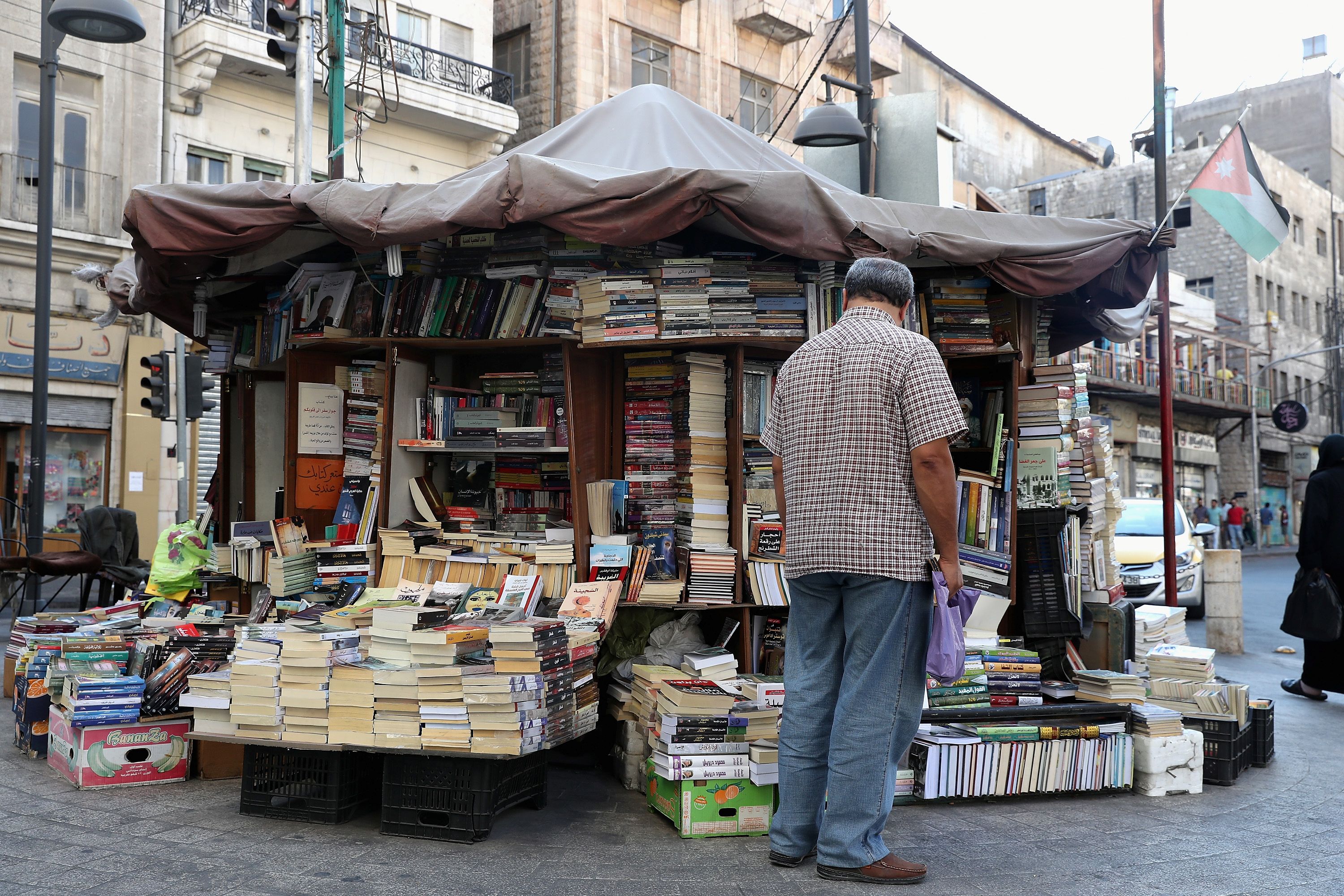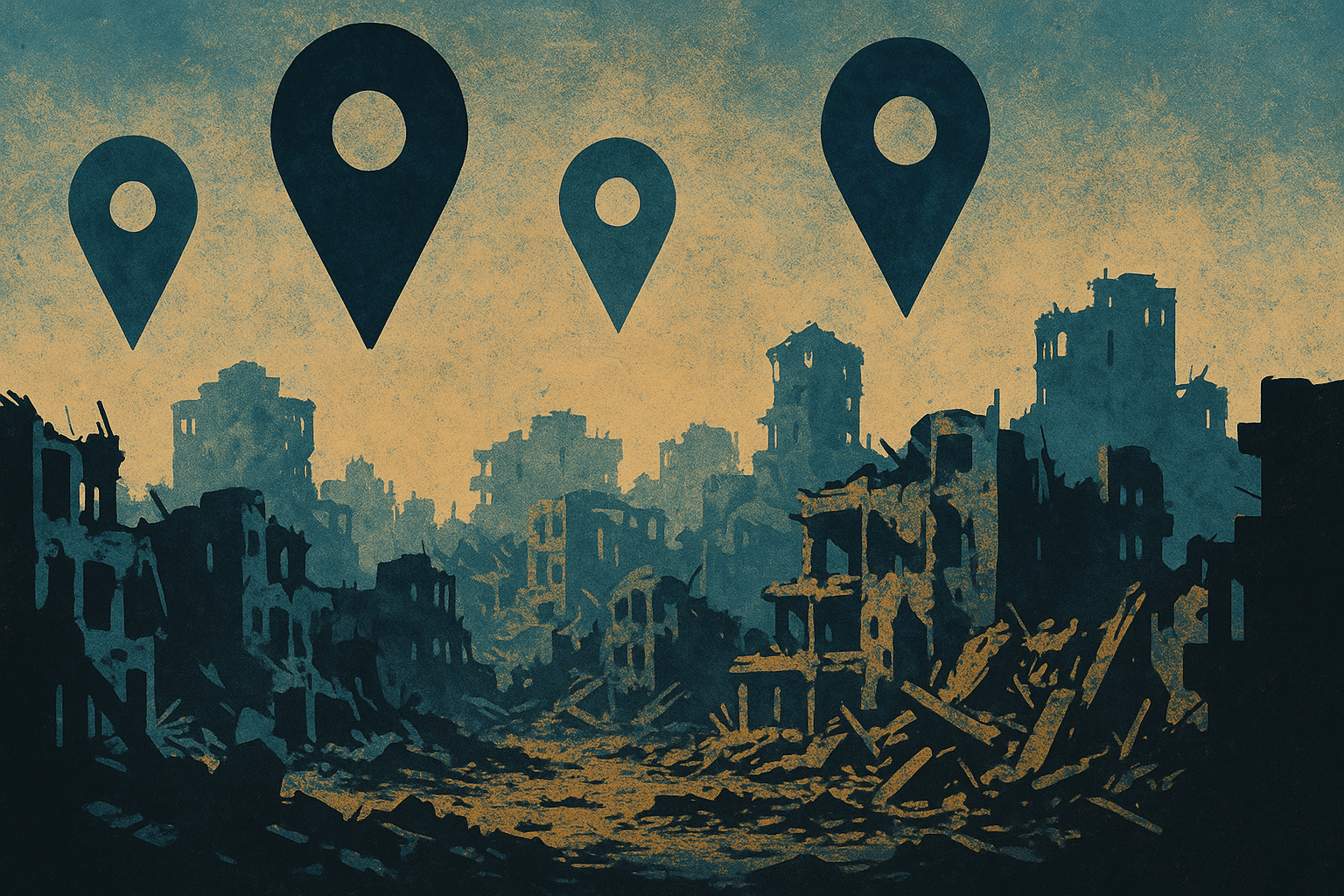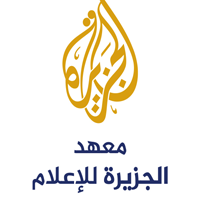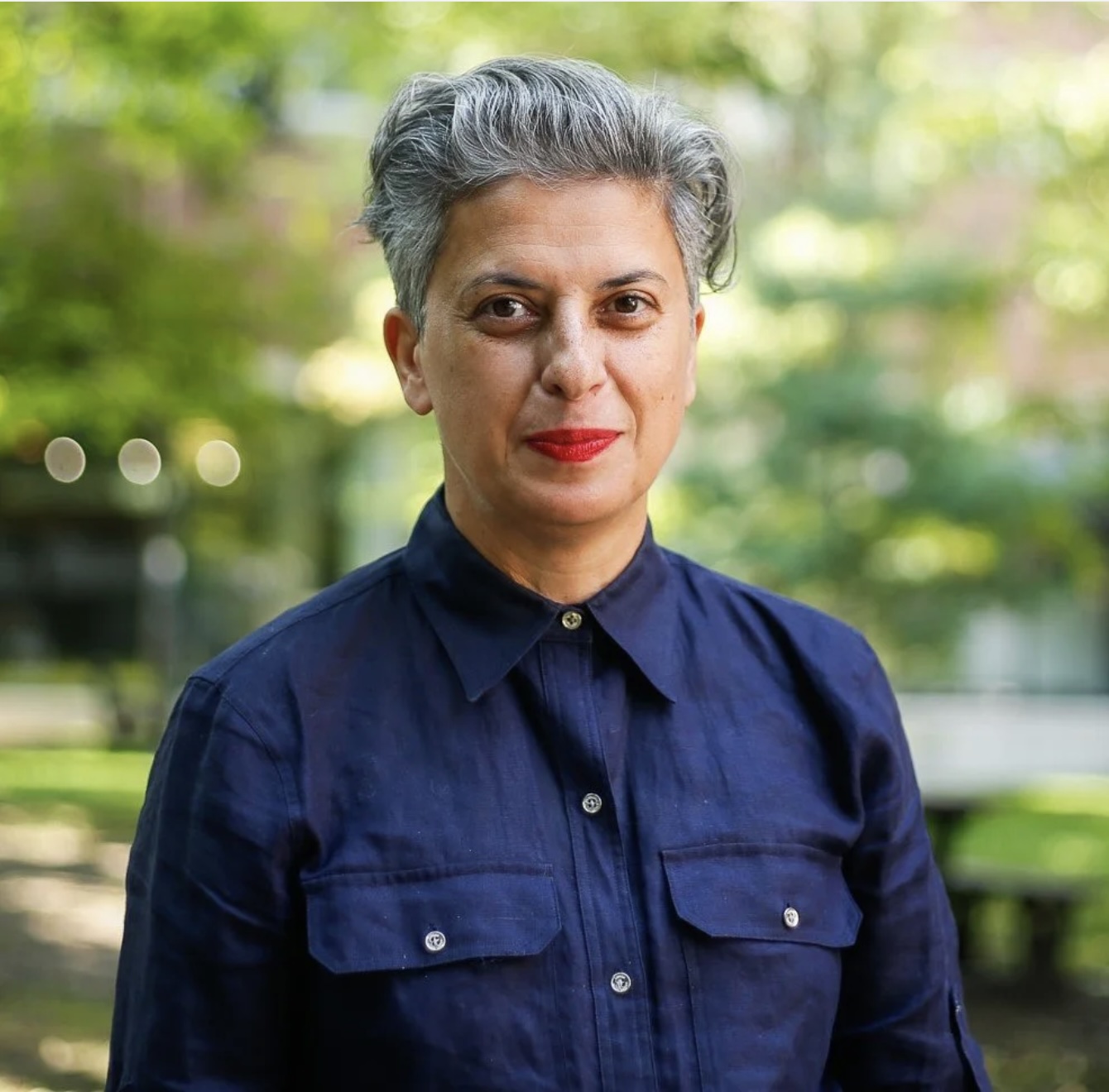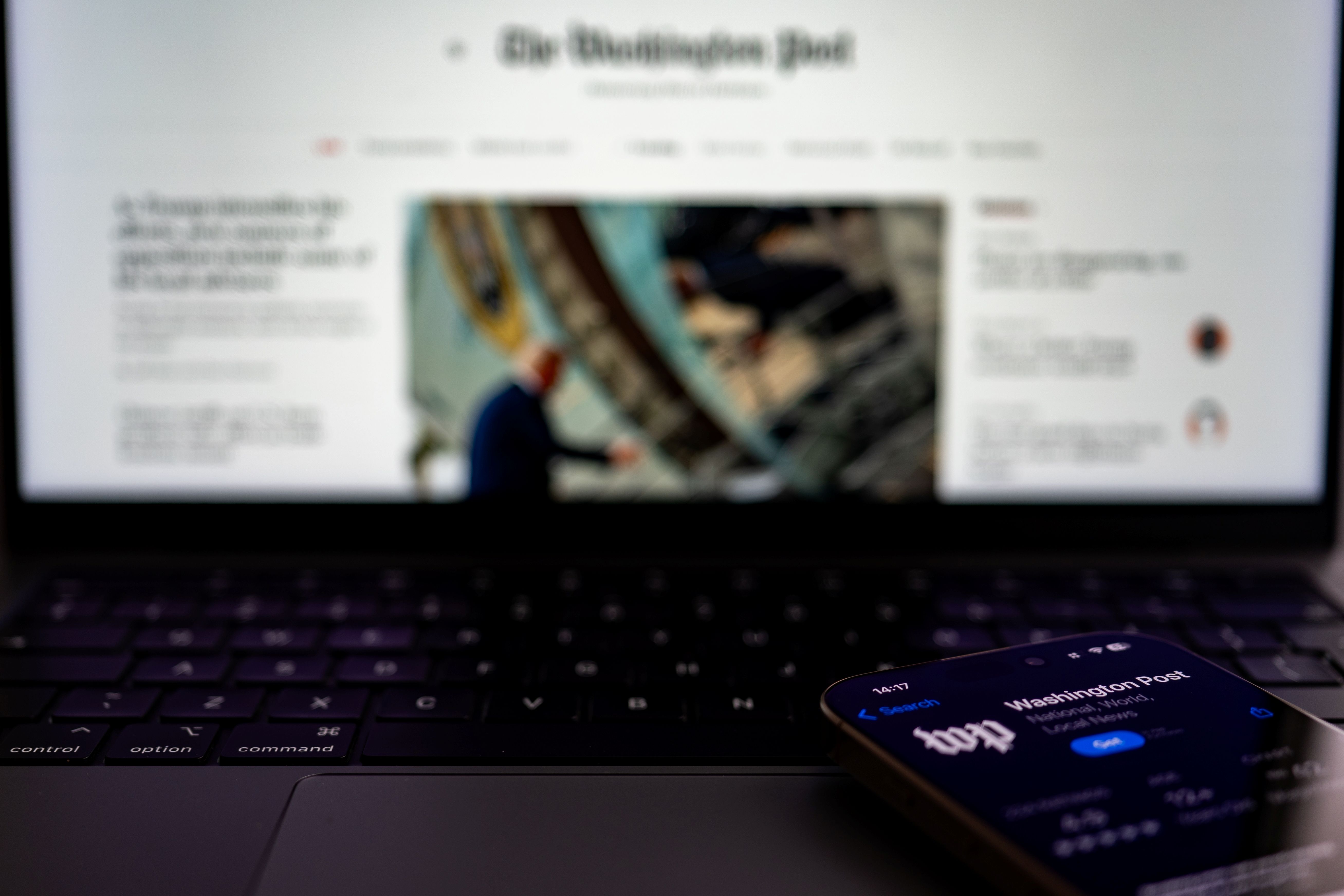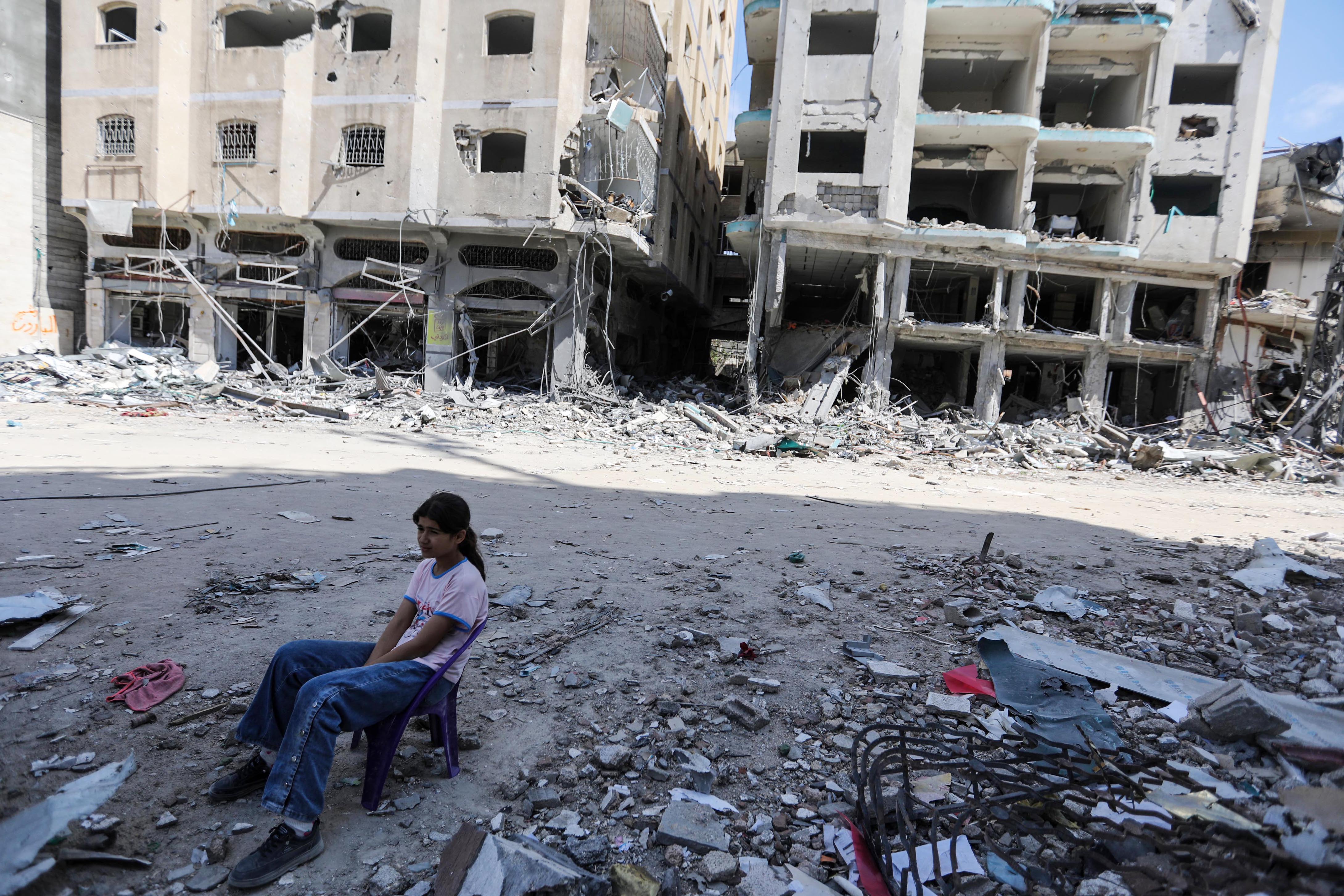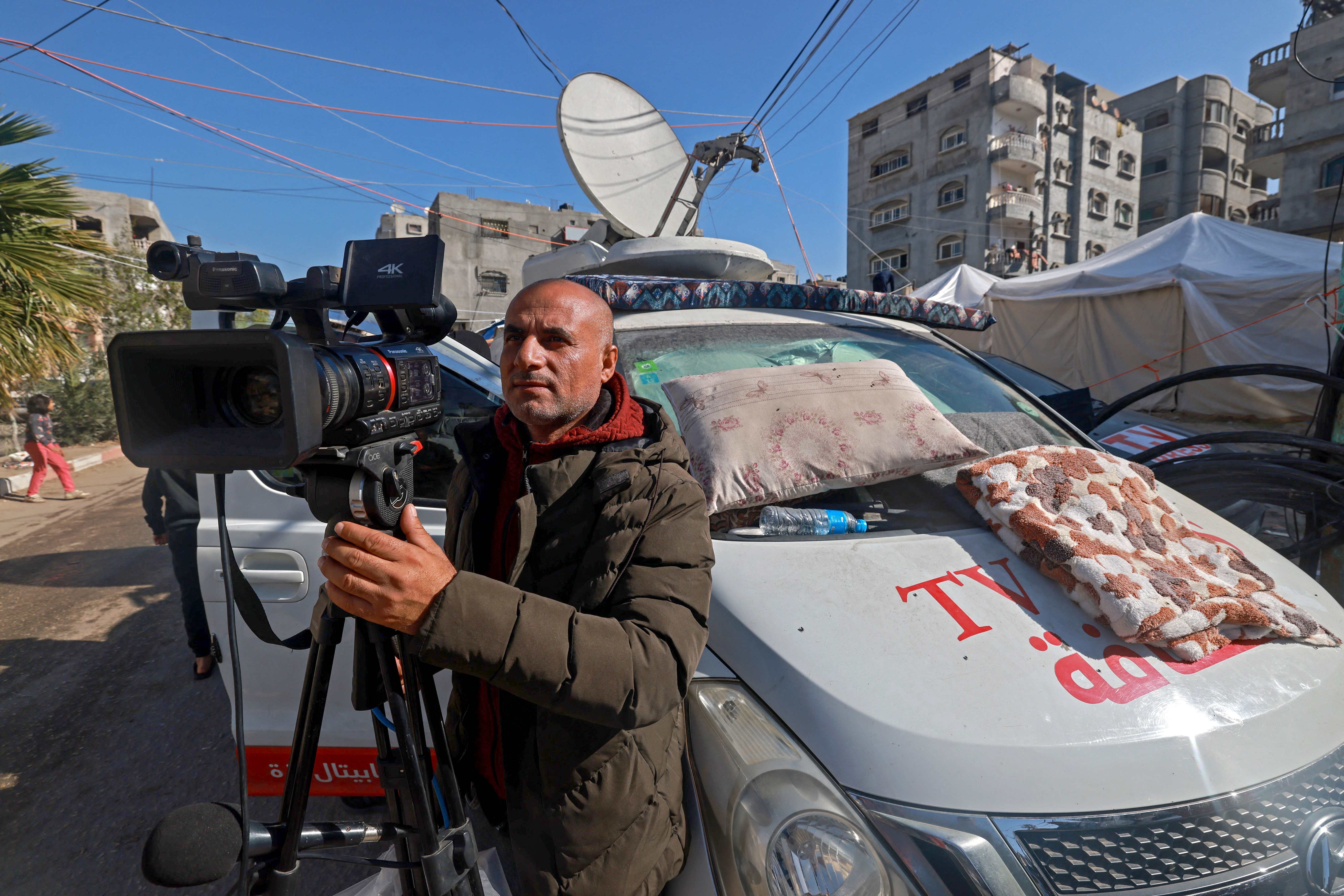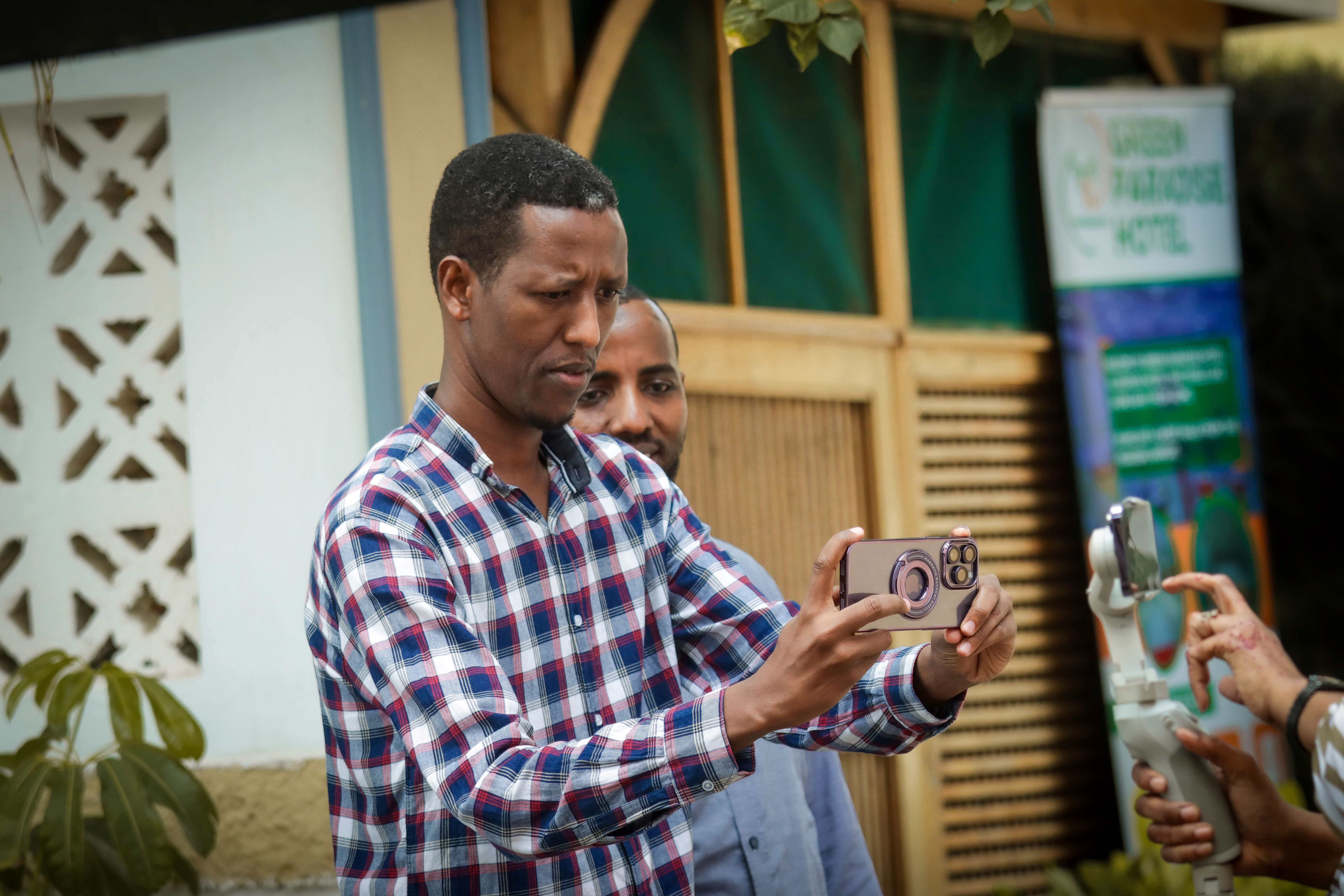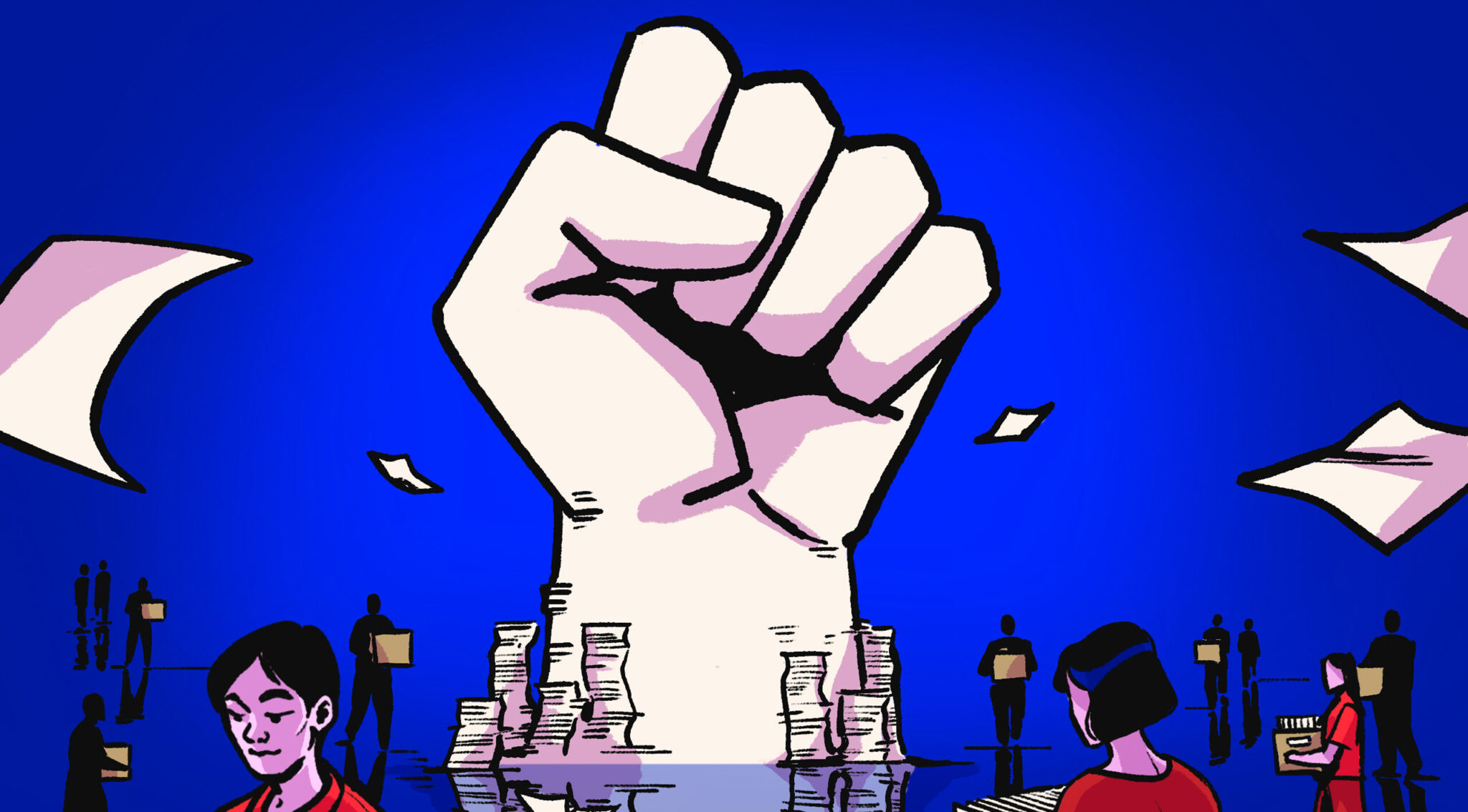تكافح معظم وسائل الإعلام على مستوى العالم -والمنطقة العربية ليست استثناءً- وسط منافسة ضاغطة لجذب انتباه المتابعين، وتحقيق العوائد التي تكفل لها البقاء والاستمرار في تقديم خدماتها. وتبدو مساحة الصراع أوضح ما يكون في بيئة الإنترنت الرقمية، وهي المساحة التي تكفل الانتشار الواسع من ناحية، والحصول على الإيرادات من ناحية أخرى، حيث تتوجه معظم ميزانيات الإعلانات إلى الإنترنت، بالإضافة إلى الإيرادات القادمة من منصات التواصل الاجتماعي المختلفة.
ومما يزيد الضغوط أن المنافسة لم تعد مقتصرة على وسائل الإعلام، ولكن حلبة الصراع تضم الآن العديد من الأصوات الجديدة بداية من المبدعين ومنتجي المحتوى المستقلين، وصولا إلى الناشطين والسياسيين الذين يبحثون عن مكانهم الخاص في منافسة مباشرة مع محترفي الإعلام.
تاريخيا اعتمدت وسائل الإعلام في تحقيق الدخل على عنصرين أساسيين: بيع منتجاتها الإعلامية (الصحف والمجلات)، والإعلانات التقليدية (المطبوعة والتليفزيونية). ولكن الأعوام الأخيرة شهدت تراجعا هائلا في كلا المسارين مع انهيار توزيع النسخ المطبوعة في غالبية دول العالم، وهو الأمر الذي تفاقم بشدة مع ظهور فيروس كورونا وما تبعه من إجراءات احترازية صارمة، بينما تراجعت عوائد الإعلانات التقليدية مع تقليص ميزانيات الإعلان في الشركات وأيضا تفضيل الكثير منها الاتجاه إلى الإعلان الرقمي حيث يكون رصد تأثيره ودقة توجيهه للجمهور المستهدف أفضل بكثير.
يمكن القول إن الاستقلال الكامل للقرار التحريري يرتبط ارتباطا مباشرا بالعائدات القادمة من المستخدم مباشرة.
يرصد أحدث التقارير حول الإعلام العالمي Digital News Report التي يصدرها سنويا "معهد رويترز" صورة أقل تفاؤلا من العام الأسبق؛ فعلى الرغم من أن مجموعة من كبار الناشرين الدوليين يسجلون أرقاما قياسية في الاشتراكات الرقمية وارتفاع الإيرادات العامة، إلا أنه في الوقت نفسه حدث انخفاض كبير في استهلاك الأخبار في العديد من دول العالم مع تراجع الثقة في الإعلام على الرغم من أن الأرقام ما تزال أعلى مما كانت عليه قبل أزمة فيروس كورونا. هناك أيضا إحساس عالمي بإرهاق الناس من استهلاك الأخبار، ليس فقط فيما يتعلق بالفيروس والأحوال الصحية، ولكن فيما يتعلق بالسياسة وباقي الموضوعات المتداولة أيضا.
يرصد التقرير أيضا أن استهلاك وسائل الإعلام التقليدية مثل التليفزيون والنسخ المطبوعة انخفض بشكل كبير مقارنة بالعام الماضي، مع عدم تعويض الفجوة من خلال الإنترنت أو وسائل التواصل الاجتماعي، وبينما تظل غالبية المستهلكين في حالة تفاعل مع الأخبار إلا أن البعض يبتعد عن وسائل الإعلام وفي بعض الأحيان يقطع الاتصال بالأخبار تماما، كما انخفض الاهتمام بالأخبار بشكل حاد عبر الأسواق المختلفة، من 63% في عام 2017 إلى 51% في عام 2022.
هناك إحساس عالمي بإرهاق الناس من استهلاك الأخبار، ليس فقط فيما يتعلق بالفيروس والأحوال الصحية، ولكن فيما يتعلق بالسياسة وباقي الموضوعات المتداولة أيضا.
غرف الأخبار العربية
مع الأسف، لا يغطي تقرير "رويترز" الشامل الوضع في البلدان العربية، ولكنه يرصد أحوال الصناعة من العاملين بها؛ فيقول إنه رغم اختلاف الأرقام والنسب إلا أن الاتجاه نفسه يحدث بالفعل في الأسواق العربية مع عزوف أكبر عن شراء المنتجات الإعلامية المطبوعة، وتراجع عائدات الإعلانات بشكلها التقليدي مع عدم قدرة الإعلانات الرقمية على تغطية الفجوة المالية.
يرى الخبراء أن صناعة الإعلام أطلقت على نفسها رصاصة قاتلة مع بداية ظهور شبكة الإنترنت عندما وفرت محتواها الإعلامي مجانا؛ الأمر الذي حرمها من عوائد الاشتراكات، وأدى إلى خروج العديد من المؤسسات الإعلامية من السوق تماما في السنوات اللاحقة، وبينما عدلت الكثير من المؤسسات هذا الأمر مؤخرا، وأتاحت المحتوى مقابل اشتراكات مالية، ظلت الغالبية الساحقة من المؤسسات الإعلامية العربية "متشبثة" بمجانية المحتوى، وظلت فكرة الاشتراك من الأفكار التي لم تتحول لواقع إلا من خلال تجارب محدودة للغاية ربما يكون من أبرزها مجموعة "مجرة" بالإمارات التي تقدم محتوى متخصصا في الاقتصاد وعلوم الإدارة والعلوم العامة مقابل اشتراك مالي.
الحل الأسهل الذي اتجه إليه الإعلام العربي في البداية جاء من خلال الإعلانات الرقمية المبرمجة Programmatic advertising وهي وسيلة سهلة لتحقيق الدخل من خلال توفير المساحات الإعلانية على المواقع الإلكترونية والتعاقد مع إحدى شركات تزويد الإعلانات والتي كانت "غوغل" هي المهيمنة عليها بشكل كبير، لتمنح لها الإعلانات تبعا للمنطقة الجغرافية وطلبات المعلن.
هذا النموذج الذي كان الأصل بالنسبة لوسائل الإعلام تعرض لضربة عنيفة للغاية في السنوات القليلة الماضية مع إصدار الاتحاد الأوروبي اللائحة العامة لحماية البيانات GDPR التي تشدد عملية تتبع سلوك المستخدم حفاظا على خصوصيته، وهي الوسيلة الأساسية التي كانت تمكّن المواقع من استهداف المستخدم بالإعلانات المختلفة. كما قامت شركة "أبل" بمنع تتبع المستهلكين عبر التطبيقات التي توفرها على متجرها الإلكتروني؛ الأمر الذي أثر كذلك على عوائد الإعلانات الرقمية.
الأخلاقيات المهنية
في إطار البحث عن وسائل رقمية لتحقيق الدخل للمؤسسات الإعلامية اتجهت بعض المؤسسات لما يسمى بالإعلانات الطبيعية Native Ads وهي مواد إعلانية تظهر على المواقع كجزء من محتواها التحريري وبنفس الشكل البصري؛ وبالتالي تحظى بنسبة أكبر من المشاهدة والوصول للقارئ. وعلى الرغم من إمكانية تحقيق المزيد من العوائد عبر هذه الطريقة، إلا أنها تحتاج إلى المعالجة بعناية شديدة من ناحية الأخلاقيات المهنية؛ أولا بعدم الإعلان عن أي منتجات أو خدمات غير موثوقة، وثانيا بضرورة الإشارة إلى أن المحتوى إعلاني وليس تحريريا. وبينما تشترط بعض الدول هذا الإجراء بحكم القانون فإن البعض الآخر يجب عليه أن يخضع هذه العملية لميثاق الشرف المهني.
تأثيرات مثل هذه النماذج يعبر عنه بوضوح التغير الذي تشهده غرف الأخبار، وتنوع المحتوى الرقمي، واختلاف البنية الهرمية التقليدية في تسلسل عمليات النشر، ألقى بالمزيد من الأعباء على مسؤولي التحرير في الحفاظ على القيم الصحفية الأصلية بالإضافة للتعامل مع التحديات الجديدة التي ظهرت مع الإعلام الرقمي؛ مثل التأكيد على التحقق من المعلومات من مصادرها الأصلية، والموضوعية في تناول جميع القضايا، وعدم الاقتباس دون مصدر، وعدم انتحال الأفكار، وبكل تأكيد نزاهة العمل الصحفي.
يرى الخبراء أن صناعة الإعلام أطلقت على نفسها رصاصة قاتلة مع بداية ظهور شبكة الإنترنت عندما وفرت محتواها الإعلامي مجانا.
حلول بديلة للإيرادات
بينما يظل تقديم المحتوى مقابل اشتراك مالي هو الحل الأمثل لأي وسيلة إعلامية كمصدر أساسي مستدام للدخل، إلا أن غياب هذا الحل يستلزم البحث عن البدائل لتحقيق الإيرادات والاستمرار في تقديم الخدمات الإعلامية للمؤسسة، وضمان الاستقلالية التحريرية والتحرر من الإعلانات ومن باقي الضغوط.
في السنوات الأخيرة استخدمت بعض غرف الأخبار العديد من الوسائل التي اعتمدت في غالبيتها على منصات شبكات التواصل الاجتماعي، أو حتى تقديم خدمات تتجاوز العمل الإعلامي التقليدي، ومن أبرز هذه الأفكار:
· التوسع في محتوى الفيديو: يعتبر محتوى الفيديو من أكثر أشكال المحتوى استهلاكا عبر الإنترنت خاصة بين أجيال الشباب، ومع وجود إمكانية إنتاجه عبر الإنترنت حتى في غرف الأخبار التقليدية، بدأت المؤسسات بالتوسع في إنتاج أنواع مختلفة من الفيديو، والنموذج الأكثر انتشارا هو إنشاء قناة على منصة "يوتيوب" لجمع محتوى الوسيلة الإعلامية، ومن خلال القدرة على الانتشار الواسع وجذب الجمهور المنتمي للعلامة التجارية فإن الإعلانات تبدأ في الظهور مع الفيديوهات حيث يتم اقتسام العوائد بين منصة النشر والوسيلة الإعلامية.
· النشرة الإخبارية Newsletters: تعدّ النشرات الإخبارية التي يتلقاها المستخدم عبر بريده الإلكتروني من أهم عناصر التواصل مع الجمهور حاليا، ومن خلال تقديم خدمات متخصصة تستهدف قطاعات معينة يمكن أن تصبح هذه الوسيلة من أكثر الوسائل فعالية في تحقيق الإيرادات التي تأتي غالبا من التعاقد مع رعاة للنشرة حسب نوعية المحتوى المقدم، ويمكن الإشارة هنا إلى نشرة "إنتربرايز" المصرية المتخصصة في الاقتصاد والتي تعدّ حاليا من أشهر مقدمي المحتوى الاقتصادي معتمدة بالأساس على نشرة تصل للمشتركين عبر بريدهم الإلكتروني.
· البث المباشر: ربما تكون أحدث وسيلة لتقديم الخدمات الإعلامية في العصر الرقمي وتحقيق الإيرادات حاليا؛ فمع سهولة عرض الأحداث مباشرة من خلال أدوات منصة التواصل الاجتماعي فيسبوك، واقتسام عوائد الإعلانات مع المنصة، اتجهت العديد من وسائل الإعلام لتقديم خدمات البث المباشر المتنوعة التي تغطي قطاعا واسعا من الموضوعات والمناطق الجغرافية؛ ولذا فهي تحظى بمعدلات مشاهدة واسعة وبالتالي؛ قدرة على توفير إيرادات جيدة لوسائل الإعلام، ولكن مرة أخرى، فإن هذه الأداة تحتاج إلى الكثير من الحرص في الاستخدام، حيث إنها تُستَخدم في كثير من الأحيان بما يتجاوز الخطوط التحريرية التقليدية والمعايير الأخلاقية بحثا عن المزيد من إثارة اهتمام الجمهور، وهو الأمر الذي يؤثر على المدى البعيد في سمعة المؤسسة الإعلامية واسمها حتى لو حققت لها دخلا سريعا.
بطبيعة الحال هناك الكثير من الأفكار الأخرى التي يمكن أن تساهم جميعها في تقديم مصدر دخل ثابت للمؤسسات الإعلامية خاصة الرقمية الناشئة لمساعدتها على الاستمرار في أداء رسالتها في عالم تتغير فيه اهتمامات الجمهور بشكل سريع، كما تتغير خوارزميات شبكات التواصل الاجتماعي بشكل أسرع.
وفي النهاية، يمكن القول إن الاستقلال الكامل للقرار التحريري يرتبط ارتباطا مباشرا بالعائدات القادمة من المستخدم مباشرة، حيث يتخلص وقتها فريق التحرير من أي ضغوط خارجية ترتبط بالإعلان أو غيره من موارد الإيرادات، وربما يمكن القول، أيضا، إن النموذج الأبرز عالميا في هذا الإطار هو صحيفة "نيويورك تايمز" التي بدأت منذ 2010 مشروعا للتطوير الرقمي اعتمد على فكرة الدفع مقابل المحتوى، وبعد عشر سنوات أعلنت أن الاشتراكات الرقمية تجاوزت مصادر الدخل الأخرى، ووصلت إلى نحو 70% من إجمالي دخل المؤسسة، وبعبارة أخرى أصبح القارئ هو الممول الأول للمؤسسة؛ ما يعني استقلالاً غير مسبوق للقرار التحريري.


![Palestinian journalists attempt to connect to the internet using their phones in Rafah on the southern Gaza Strip. [Said Khatib/AFP]](/sites/default/files/ajr/2025/34962UB-highres-1705225575%20Large.jpeg)

